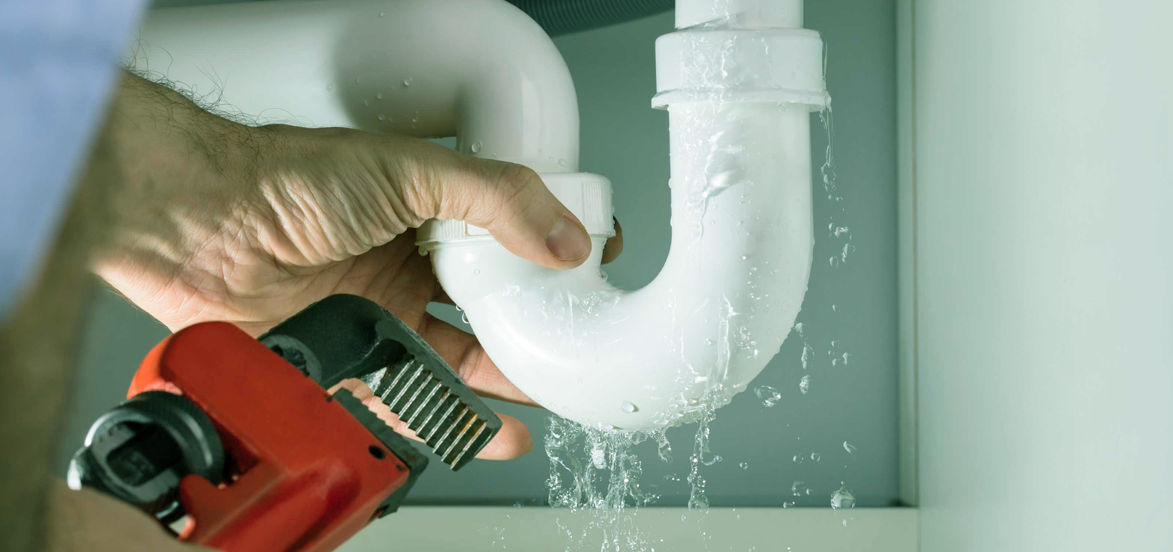In this article down the page you can get a good deal of good quality additional info around Finding hidden leaks.
.jpg)
Early detection of dripping water lines can alleviate a potential calamity. Some little water leaks might not be visible.
1. Check Out the Water Meter
Every home has a water meter. Examining it is a guaranteed way that aids you discover leakages. For starters, shut off all the water resources. Guarantee no person will flush, make use of the faucet, shower, run the washing equipment or dishwasher. From there, go to the meter as well as watch if it will certainly change. Because nobody is utilizing it, there need to be no movements. If it moves, that suggests a fast-moving leakage. If you find no adjustments, wait a hr or 2 as well as inspect back once again. This indicates you may have a slow leak that can also be below ground.
2. Examine Water Intake
Analyze your water costs and track your water intake. As the one paying it, you should see if there are any type of inconsistencies. If you spot sudden changes, despite your usage being the same, it suggests that you have leakages in your plumbing system. Remember, your water costs should drop under the very same variety every month. An abrupt spike in your bill suggests a fast-moving leakage.
A steady boost every month, even with the exact same behaviors, shows you have a slow-moving leak that's likewise gradually escalating. Call a plumber to completely examine your residential or commercial property, specifically if you feel a warm area on your flooring with piping below.
3. Do a Food Coloring Test
30% comes from bathrooms when it comes to water intake. Examination to see if they are running effectively. Decrease flecks of food color in the storage tank and wait 10 minutes. If the color somehow infiltrates your dish throughout that time without flushing, there's a leakage between the container as well as dish.
4. Asses Exterior Lines
Don't fail to remember to examine your exterior water lines too. Ought to water permeate out of the link, you have a loosened rubber gasket. One little leakage can waste heaps of water as well as increase your water expense.
5. Assess the circumstance as well as examine
House owners ought to make it a practice to check under the sink counters and also inside closets for any type of bad odor or mold and mildew development. These two red flags show a leak so timely attention is required. Doing routine assessments, also bi-annually, can save you from a significant trouble.
Much more importantly, if you recognize your residence is already old, keep a watchful eye on your heaters, hose pipes, pipes etc. Check for discolorations as well as compromising as most home appliances and pipes have a life span. They will certainly also normally wear away because of tear and use. If you think leaking water lines in your plumbing system, don't await it to intensify. Call a professional plumber right away so you do not end up with a dreadful mess in your home.
Early discovery of leaking water lines can reduce a prospective calamity. Some little water leaks may not be visible. Examining it is a surefire method that assists you uncover leaks. One tiny leak can lose tons of water and also spike your water expense.
If you believe leaking water lines in your plumbing system, do not wait for it to escalate.
WARNING SIGNS OF WATER LEAKAGE BEHIND THE WALL
PERSISTENT MUSTY ODORS
As water slowly drips from a leaky pipe inside the wall, flooring and sheetrock stay damp and develop an odor similar to wet cardboard. It generates a musty smell that can help you find hidden leaks.
MOLD IN UNUSUAL AREAS
Mold usually grows in wet areas like kitchens, baths and laundry rooms. If you spot the stuff on walls or baseboards in other rooms of the house, it’s a good indicator of undetected water leaks.
STAINS THAT GROW
When mold thrives around a leaky pipe, it sometimes takes hold on the inside surface of the affected wall. A growing stain on otherwise clean sheetrock is often your sign of a hidden plumbing problem.
PEELING OR BUBBLING WALLPAPER / PAINT
This clue is easy to miss in rooms that don’t get much use. When you see wallpaper separating along seams or paint bubbling or flaking off the wall, blame sheetrock that stays wet because of an undetected leak.
BUCKLED CEILINGS AND STAINED FLOORS
If ceilings or floors in bathrooms, kitchens or laundry areas develop structural problems, don’t rule out constant damp inside the walls. Wet sheetrock can affect adjacent framing, flooring and ceilings.
https://www.servicemasterbyzaba.com/blog/how-to-detect-water-leakage-in-walls/

As a serious reader about Detecting hidden plumbing leaks, I was thinking sharing that section was worth the trouble. Sharing is caring. Helping people is fun. We love reading our article about Leaking water lines.